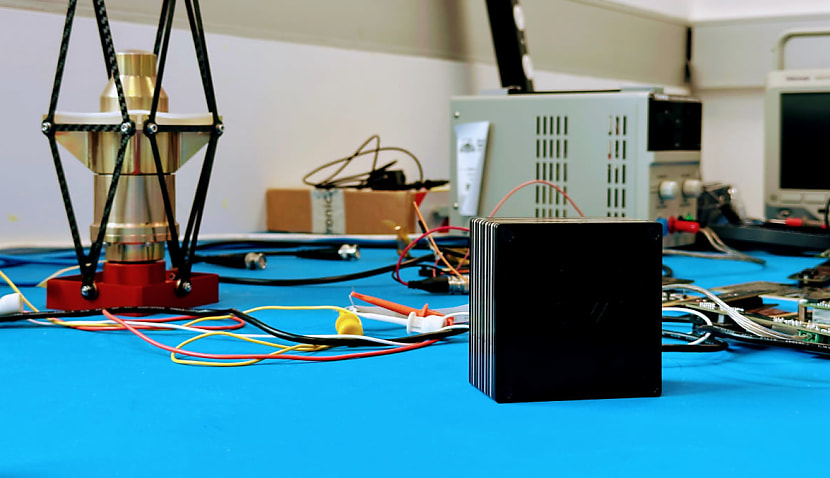
The “multi-sensor camera” is being developed by Leonardo, Spiral Blue Nominal Systems, and ANU and will be used for disaster operations, land management, and defence.
The $180 million iLAuNCH trailblazer is a partnership between academic institutions and more than 20 industry partners that aims to accelerate the development of the space manufacturing sector.
Since its inception in 2022, it has already helped scores of projects.
“This partnership will bring first mover advantage to Australian industry and ANU, which is set to deliver a commercially viable product for future satellites,” said iLAuNCH Trailblazer executive director Darin Lovett.
The four organisations will each bring different technology and skills to the project.
“Leonardo has developed extremely sensitive detectors for shortwave infrared which can show heat on an image as well as seeing the earth’s surface through clouds,” said iLAuNCH.
“This shortwave infrared technology has not yet been integrated into a full camera system for space applications.
“ANU has been developing their Rosella processor as the computer behind the detector that reads in the images and makes them available for other processing.
“Spiral Blue has developed an in-space computer tailored for edge processing AI and will be integrating their computer against the ANU processor to capture and process imagery through refining AI, which enables more advanced processing capabilities.
“Nominal Systems helps make the integration of this space camera into a full satellite bus seamless by bringing their satellite hardware into the loop design tools, so that at the completion of the project they can offer a fully integrated plug and play space camera.”
iLAuNCH said the development of this technology would also create a pathway for its commercialisation and enable PhD graduates to transition directly into skilled jobs.
The news comes after the federal government scrapped the high-profile $1.2 billion project to detect bushfires from space last year.
The National Space Mission for Earth Observation (NSMEO) was announced by the previous administration in the weeks leading up to the election and would have seen four local satellites launched from 2028.
It significantly follows the cancelling of a separate promise to invest $32.3 million into Australia’s spaceports and launch sites and amid criticism Labor lacks interest in the space sector.
The $1.2 billion program was set to be jointly led by the ASA, CSIRO, Geoscience Australia, the Bureau of Meteorology, and the Department of Defence.

Adam Thorn
Adam is a journalist who has worked for more than 40 prestigious media brands in the UK and Australia. Since 2005, his varied career has included stints as a reporter, copy editor, feature writer and editor for publications as diverse as Fleet Street newspaper The Sunday Times, fashion bible Jones, media and marketing website Mumbrella as well as lifestyle magazines such as GQ, Woman’s Weekly, Men’s Health and Loaded. He joined Momentum Media in early 2020 and currently writes for Australian Aviation and World of Aviation.
Receive the latest developments and updates on Australia’s space industry direct to your inbox. Subscribe today to Space Connect here.












